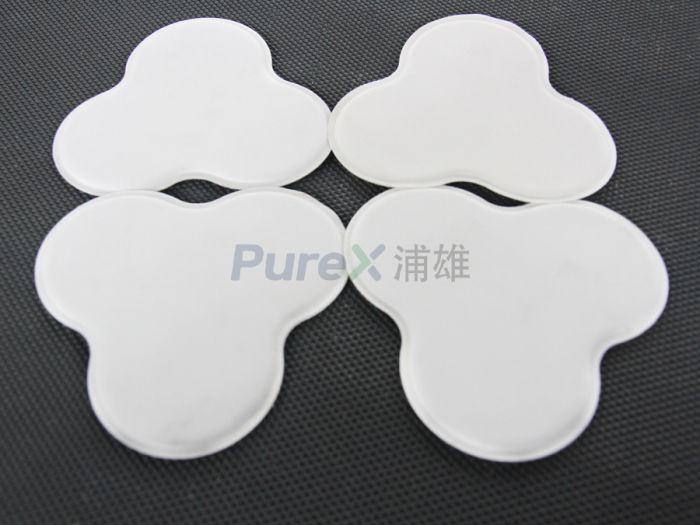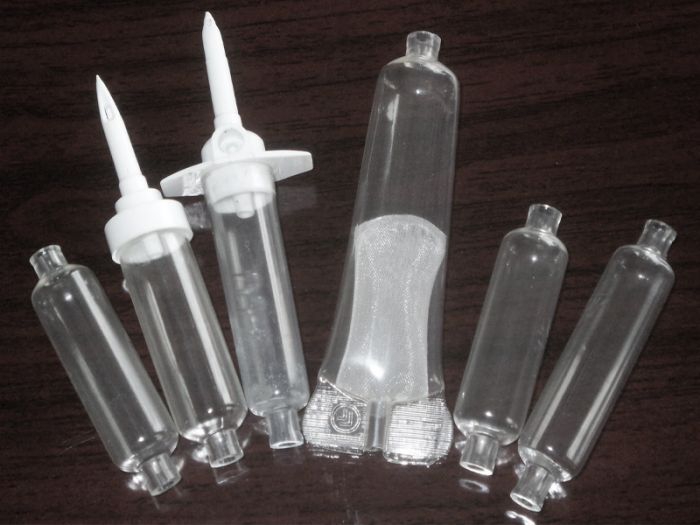Application of high frequency heat sealing machine in hot sealing of liquid bag pipe
I. Application Background and Requirements
The connection between liquid bags (e.g., infusion bags, blood bags, nutrient solution bags) and catheters is a critical step in medical packaging, requiring compliance with the following criteria:
- Sealing Integrity: Prevent liquid leakage or external contamination.
- Pressure Resistance: Withstand pressures during transportation and storage.
- Biocompatibility: Materials must be non-toxic, non-irritating, and meet medical-grade standards.
- Production Efficiency: Adapt to large-scale industrial manufacturing.
Traditional heat sealing methods (e.g., hot plate welding, ultrasonic welding) face challenges such as low efficiency, poor sealing, or limited material compatibility. In contrast, high-frequency (HF) heat sealing machines, leveraging high-frequency electromagnetic field heating, have emerged as an ideal solution for liquid bag-catheter sealing.
II. Working Principle of High-Frequency Heat Sealing Machines
- High-Frequency Electromagnetic Field Heating
A high-frequency oscillator (typically 27.12 MHz) generates an electromagnetic field, causing intense molecular friction in the plastic at the connection interface, resulting in rapid localized melting. - Pressure Assistance
Controlled pressure is applied during heating to ensure tight material contact and uniform weld formation. - Cooling and Solidification
Rapid cooling post-welding stabilizes the weld structure.
III. Technical Advantages of HF Heat Sealing for Liquid Bag-Catheter Connections
| Advantage | Description |
|---|---|
| High Efficiency & Energy Savings | Heating time: 1–2 seconds; energy consumption reduced by over 50% vs. traditional methods. |
| Superior Weld Quality | Weld strength ≈ material base strength; smooth surfaces with no burrs; excellent sealing. |
| Broad Material Compatibility | Suitable for PVC, TPU, PE, and other medical-grade plastics. |
| Sterility Assurance | No adhesives/solvents required; avoids secondary contamination. |
| High Automation | Integrates seamlessly into automated production lines for continuous output. |
IV. Key Process Parameters for Liquid Bag-Catheter Sealing
| Parameter | Role | Typical Value | Adjustment Guidelines |
|---|---|---|---|
| Frequency | Controls heating depth/efficiency | 27.12 MHz | Fixed; no adjustment needed. |
| Power | Regulates weld temperature | 5–15 kW | Adjust based on material thickness/speed. |
| Pressure | Ensures material contact | 0.2–0.8 MPa | Insufficient pressure may cause delamination. |
| Welding Time | Controls melt depth/strength | 1–3 seconds | Excess time risks material degradation. |
| Mold Design | Determines weld geometry | Customized | Precision-matched to bag/catheter dimensions. |
V. Application Cases
1. Infusion Bag-Catheter Connection
- Materials: PVC liquid bag + TPU catheter
- Process:
- HF heat sealing at 1.5 seconds with 0.5 MPa pressure.
- Weld strength ≥80% of base material; passes 30-second pressure leak test.
- Advantages:
- 30% faster cycle time; reduced labor costs.
- Smooth weld minimizes catheter damage.
2. Blood Bag-Blood Collection Tube Connection
- Materials: Multilayer film (PET/AL/PE) + PVC blood tube
- Process:
- Two-step HF sealing:
- Pre-weld: Low power (5 kW) for 1 second to align components.
- Final weld: High power (12 kW) for 2 seconds for robust bonding.
- Two-step HF sealing:
- Advantages:
- Prevents delamination in multilayer films; maintains barrier properties.
- Passes biocompatibility tests (no leachables).



